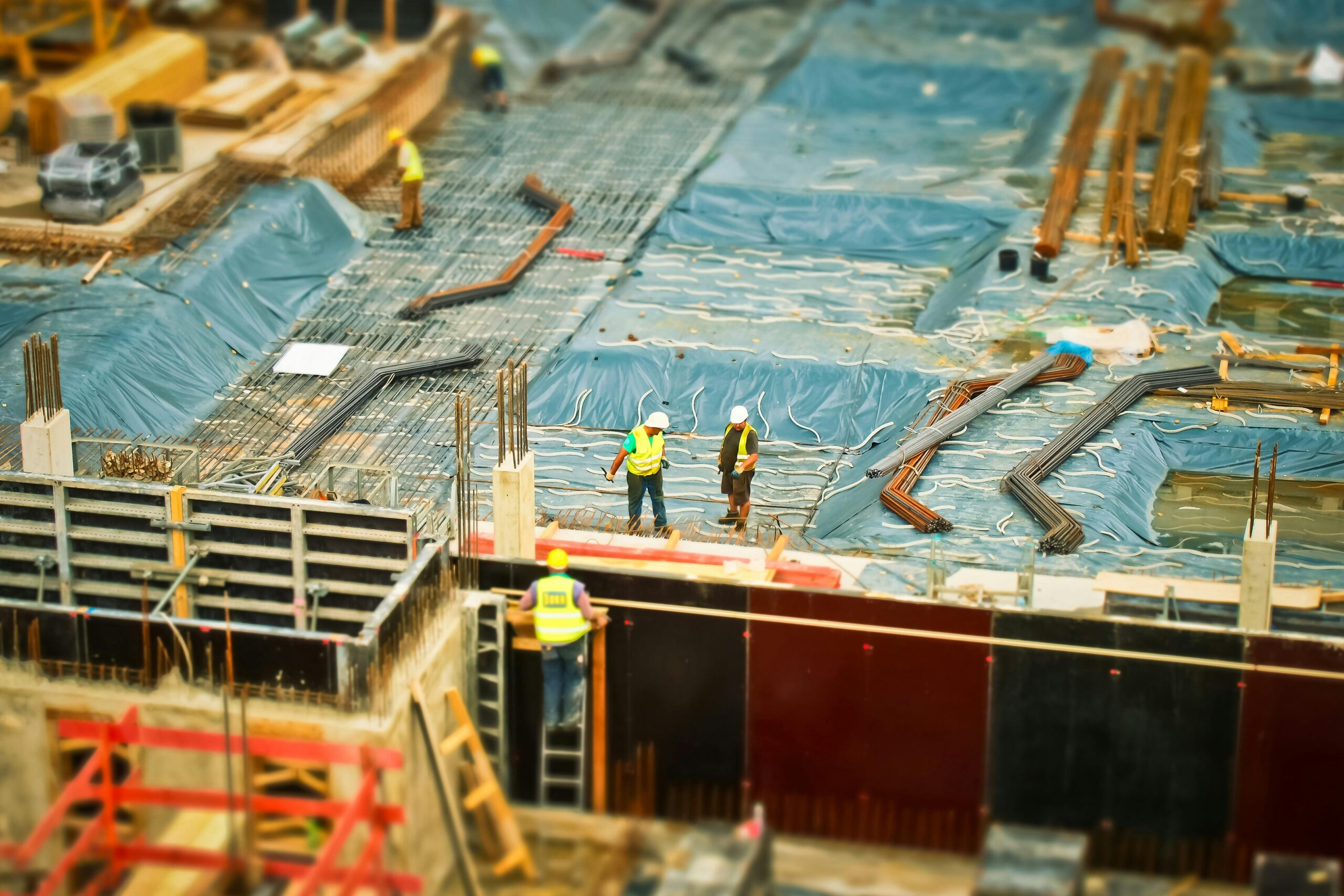Building Up Beats Sprawling Out: Why Construction Wages Grew 2x Faster in Dense Cities

When Minneapolis converted an abandoned Ford auto plant into a dense neighborhood, it created thousands of union construction jobs while making housing more affordable. A 22-year analysis reveals that smart growth policies like these consistently produce more construction work, higher wages, and stronger union representation than suburban sprawl.
In Smart Growth and Good Construction Jobs: How Urban Density Benefits Union Density, Neil deMause, with Greg LeRoy, examined whether anti-sprawl policies help or hurt construction employment across 193 metropolitan areas.
Key Takeaways:
- Wages grow faster in dense metros: Aggregate construction wages increased 74.3% from 2012 to 2020, compared to 43.8% in sprawl cities, while individual wages rose 11.3%, compared to 4.7%.
- Jobs grow 53% faster despite similar population growth: Dense metros increased employment 56.9% versus 37.3%, though both grew at 7.3% versus 6.9% population rates (p. 19-20).
- Density strengthens unions beyond state policy: Chicago union rates exceed those of nearby sprawling cities by 30+ points under identical state laws, with a modest correlation between density and unionization (0.372) in the largest metros.
Researchers analyzed Census employment data and Smart Growth America’s sprawl ratings for 58 large metropolitan areas between 2012 and 2020, capturing the post-recession recovery while avoiding pandemic disruptions. They calculated ratios to control for baseline differences between metros.
Density requires more labor-intensive jobs: Multi-story apartment buildings allocate 29.3% of their construction costs to wages, compared to 23.9% for single-family homes. Building vertically requires more electricians to run wiring up multiple floors, more plumbers to connect dozens of units, and more elevator installers. This mechanism explains why dense metros saw construction wages grow 74.3% compared to 43.8% in sprawl cities, and individual worker wages rise 11.3% versus 4.7%
Smart growth metros create more jobs per capita Smart growth metros added construction jobs at a rate of 56.9% compared to 37.3% in sprawl cities. Yet both metro types grew at similar population rates of 7.3% and 6.9%, respectively. This matched population growth suggests the employment difference may stem from density itself.
Density correlates with unionization: Four of five metros with the highest union density—Chicago (37.9%), Milwaukee (32.8%), New York (27.4%), and Philadelphia (18.4%)—scored below average on sprawl, while Dallas, with the lowest membership at 3.1% ranked high on sprawl (p. 10). Milwaukee, for example, exceeds other cities in the state, like Green Bay, in unionization by over 30 percentage points, despite operating under identical state labor laws. Dense development concentrates workers on larger multi-story projects, which may facilitate union organizing compared to scattered single-family construction.
Thus, policymakers seeking to encourage more union labor should support dense development because it creates more construction work at higher wages.
Photo by Pixabay